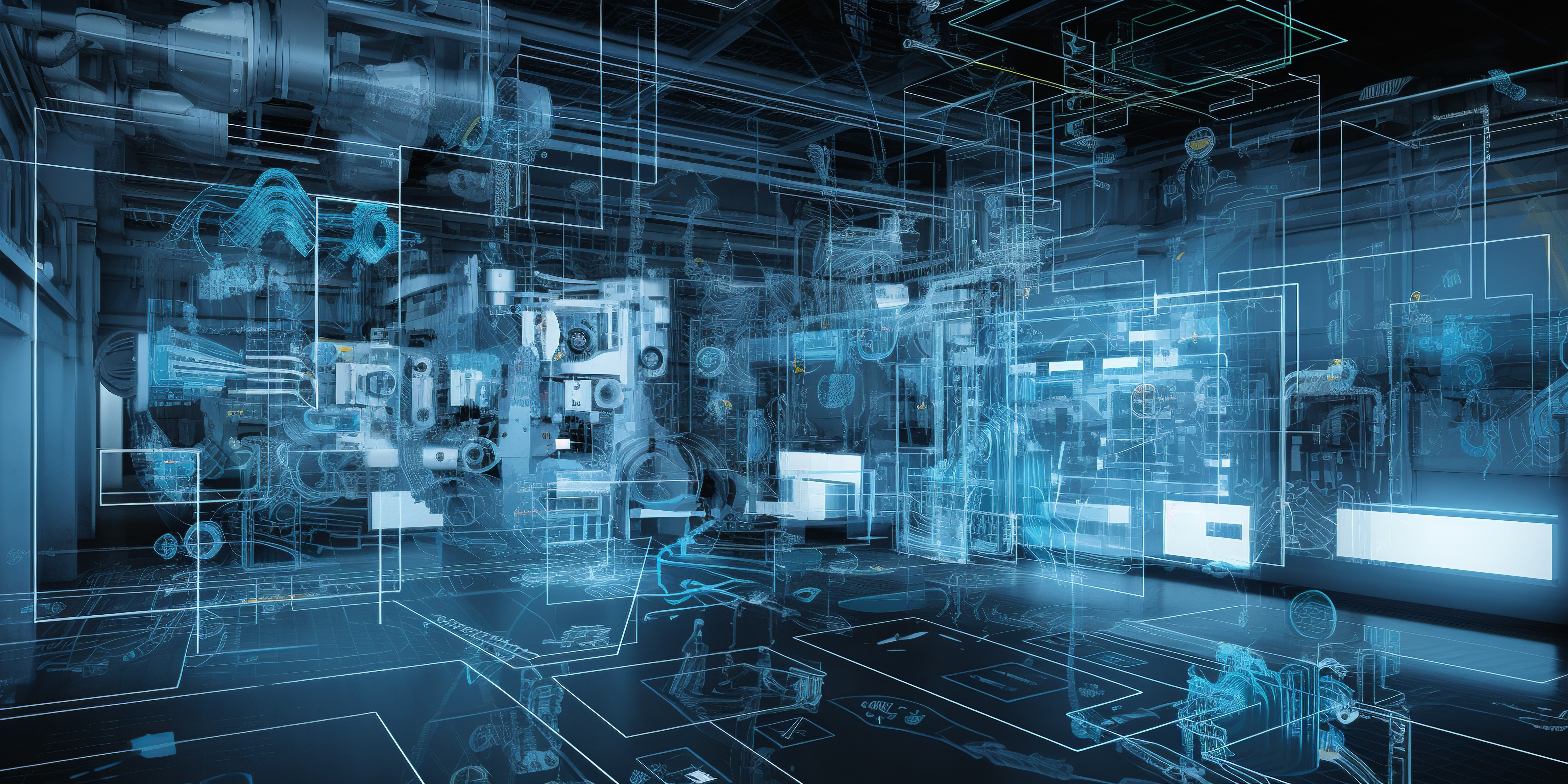A Recap on Digital Twins: The Positive Impact on Research and Development
The concept of digital twins has emerged as a game-changer. Digital twins are virtual replicas of physical objects or systems, and they have gained traction across various industries, from manufacturing to healthcare. In the realm of R&D, digital twins hold immense potential to accelerate innovation, reduce costs, and enhance decision-making processes.
At its core, a digital twin is a dynamic, real-time representation of a physical entity. It is created by collecting and integrating data from various sources, including sensors, IoT devices, and simulations. This digital replica allows researchers and engineers to monitor, analyze, and experiment with the physical counterpart without direct contact.
The implications for R&D are profound!
One of the primary advantages of digital twins in research and development is the ability to streamline and optimize the design process. Whether developing a new product, a complex system, or a pharmaceutical compound, R&D teams can create digital twins that mimic the real-world behavior of their projects.
Doing so allows teams to iterate and fine-tune designs, saving time and resources rapidly!
For instance, in aerospace R&D, digital twins of aircraft components can be subjected to various environmental conditions and performance simulations. This helps identify potential weaknesses or areas for improvement early in the development phase, reducing the risk of costly design flaws in physical prototypes.
Digital twins also enable predictive maintenance. By continuously monitoring the performance and health of machinery or infrastructure, R&D teams can detect anomalies and anticipate failures before they occur. This proactive approach extends the lifespan of assets and minimizes downtime and maintenance costs.
Collaboration is another area where digital twins shine in research and development. In a globally interconnected world, R&D teams often span different locations and time zones. Digital twins provide a centralized platform where groups can collaborate, share insights, and work together on projects regardless of physical distances.
See the previous blog post on digital twins in product development.
Furthermore, the wealth of data generated by digital twins can be harnessed for data-driven decision-making. R&D professionals can analyze historical performance data to make informed choices about future projects, allocate resources more efficiently, and optimize the overall innovation process.
However, implementing digital twins in R&D is not without challenges. Ensuring data security, managing the complexity of interconnected digital twins, and integrating legacy systems with modern technologies are among the hurdles that organizations must address.
In conclusion, digital twins are ushering in a new era of research and development. They offer the ability to simulate, test, and analyze in a virtual realm, providing R&D teams with unprecedented advantages in design, maintenance, collaboration, and data-driven decision-making. As technology advances, the potential for digital twins to transform R&D will only grow, making them a critical investment for organizations striving to innovate faster and more efficiently in an ever-evolving world.
Want to learn more?
Latest Blogs
Inside Insight: How Journeys and Touchpoints Make Enterprise Search Effortless with Mindbreeze Insight Workplace
Picture this: you’re preparing for a high-stakes client meeting.
The Future of Enterprise AI Depends on Smarter RAG Solutions
Today’s enterprise leaders ask how to make AI meaningful, responsible, and scalable. One architectural approach stands out as organizations look beyond isolated proof-of-concepts and begin embedding AI into workflows: Retrieval-Augmented Generation (RAG).


